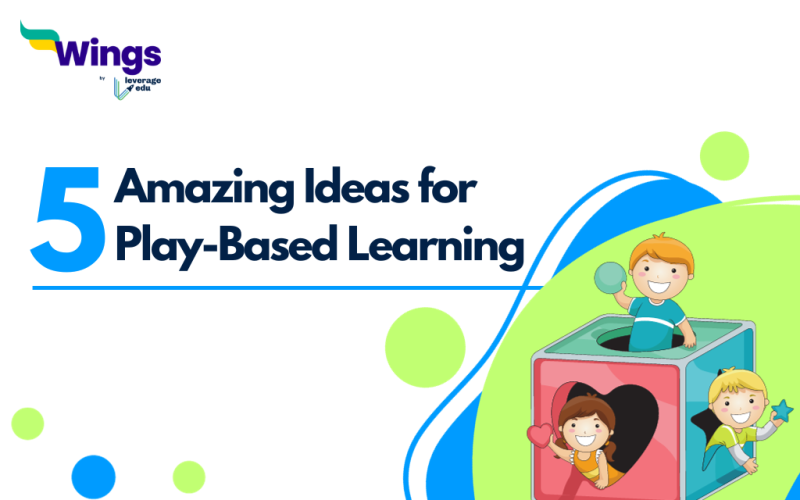One day, Liam and Niall were assigned a project to build a model of the solar system. Liam was excited about the project, and he immediately started brainstorming ideas. He knew that he wanted to build a model that was both creative and educational. Niall, on the other hand, was not as excited about the project. He knew that he would have to memorize a lot of information about the planets and their orbits. Liam spent his free time working on his model while Niall spent his free time memorizing facts about the planets and their orbits. Niall’s model was accurate, but it lacked creativity and imagination. When the day of the project came, Liam and Niall presented their models to the class. Liam’s model was a hit. Everyone loved his creativity and originality. Niall’s model was accurate, but it did not cause as much excitement. The teacher praised Niall for his hard work, but she also encouraged him to be more creative in his future projects.
Table of Contents
After this project, Niall started focussing on his play-based learning rather than theoretical knowledge. Read this blog to learn more about play-based learning and how it helps students gain real-world understanding.
What is Play-Based Learning?
Play-based learning is a teaching method that uses play as the main context for learning. Children learn through exploration, experimentation, and creative expression. Play-based learning is child-initiated and teacher-supported. Teachers provide opportunities for children to play and learn in a safe and supportive environment.
Elements of Play-Based Learning
Here are the five most important elements of play-based learning:
- Child-centered: It is driven by the interests and needs of the children.
- Open-ended: Children are encouraged to explore and discover their own solutions.
- Active: Children are moving and using their bodies.
- Engaging: children are interested and motivated to participate.
- Social: Children interact with their peers and teachers.
Also Read: Empowering Student-Centered Learning: Benefits and Tips
Best Activities for Play-Based Learning
Here are five amazing activities that teachers can incorporate into their classrooms:
1. Slimy Sensory play
Sensory play is any activity that engages the senses. It can be as simple as playing with sand or water, or as complex as making slime or creating a sensory bin. Sensory play is important for early childhood development because it helps children learn about their bodies and the world around them.
Fill a large bin with rice and beans, and add some small toys or objects. Let your students explore the bin with their hands and feet. They can dig for the toys, build with the rice and beans, or simply make patterns in the bin.
Also Read: What are Inductive and Deductive Methods of Teaching?
2. Do the Acting
Pretend play is any activity where children imagine themselves in a different role or situation. This could include playing dress-up, playing with dolls or action figures, or playing make-believe. Pretend play is important for early childhood development because it helps children develop their imaginations, creativity, and social skills.
Give your students some props, such as pots and pans, dolls, and furniture, and let them imagine that they are cooking, cleaning, or taking care of their family.
3. Bring out the Artist
Art play is any activity where children use their imaginations to create something new. This could include painting, drawing, sculpting, or building. Art play is important for early childhood development because it helps children develop their creativity, fine motor skills, and self-expression.
Mix together some finger paint and let your students have some fun! They can finger paint on paper, canvas, or even in the bathtub.
Also Read: Auditory Learning: Activities and Characteristics
4. Bob the Builder
Block play is any activity where children use blocks to build something, just like “Bob the Builder”. This could be a tower, a castle, or anything they like. Block play is important for early childhood development because it helps children develop their problem-solving skills, spatial reasoning skills, and fine motor skills.
Give your students some blocks and let them build the tallest tower they can. They can stack the blocks on top of each other, or try building different shapes and structures.
5. Play Outdoors
Outdoor play is any activity where students can play outside. This could include playing at the park, going for a walk in nature, or riding a bike. Outdoor play is important for early childhood development because it helps children develop their gross motor skills, coordination, and balance. It also gives them a chance to get fresh air and sunshine.
Take your students for a picnic at the park and let them play on the swings, slides, and other equipment. They can also run around, climb trees, and play with other children.
Also Read: How to Prepare for UPSC in 6 Months?
FAQs
Ans: Play-based learning is a teaching method that uses play as the main context for learning. Children learn through exploration, experimentation, and creative expression.
Ans: Play-based learning is also called child-centered learning.
Ans: The types of play in learning include physical, dramatic, sensory, nature, music and art, and age-appropriate play.
Explore More
Follow Leverage Edu for more interesting and informative articles on school education.
 One app for all your study abroad needs
One app for all your study abroad needs













